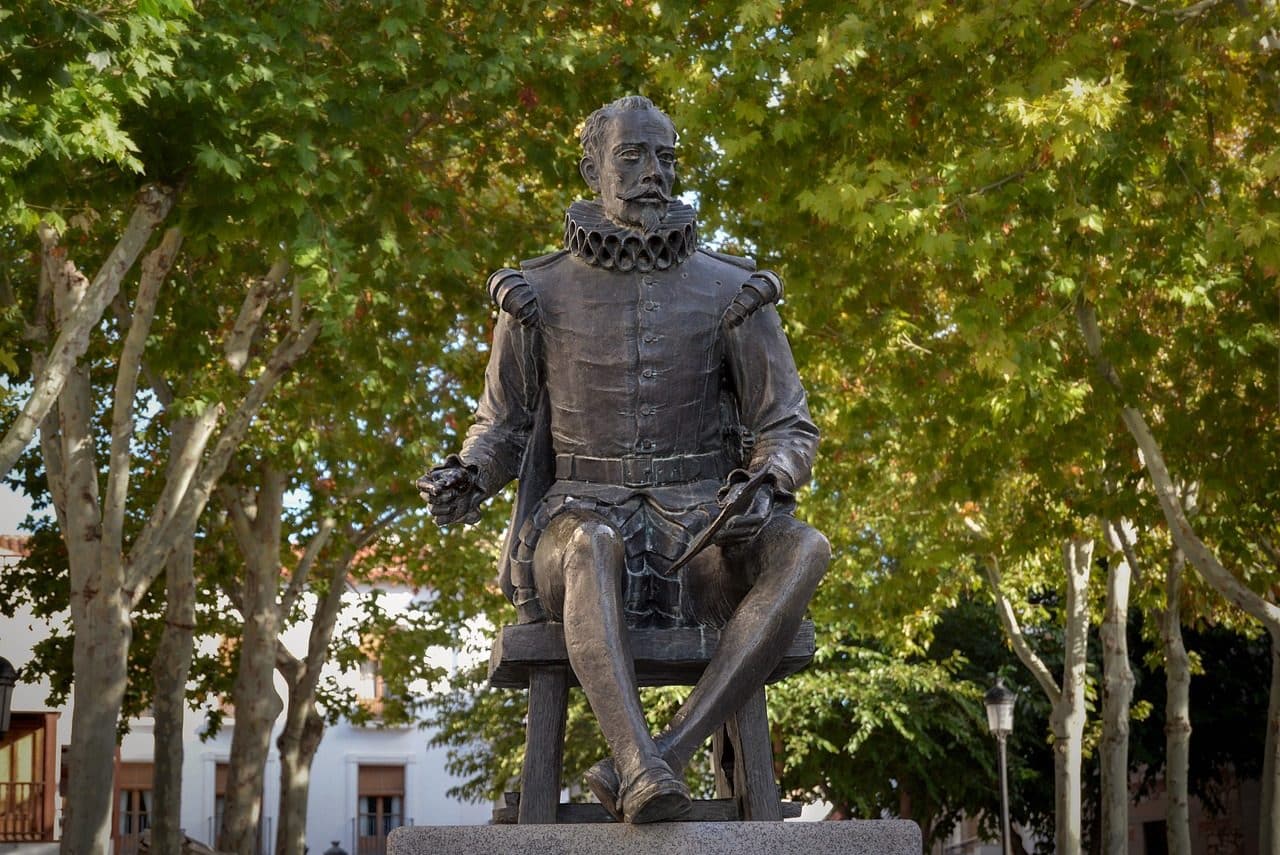
A century is a period of one hundred years.
Century is a concept that refers to a period of one hundred years . This period of time is also known as a century .
For example: “A century has passed since the birth of the writer Julio Cortázar” , “This town was founded a century ago, when the army managed to conquer the lands that belonged to the aborigines” , “The Church of the Holy Trinity of Segovia has already "It has several centuries of history ."
Centuries in the Gregorian calendar
According to the Gregorian calendar , we are currently entering the 21st century . This calendar is divided between the years before Christ and the years after Christ , a division marked by the date on which Christ was supposedly born. After the last day of the year 1 BC , the first day of the year 1 AD began (that is, a “year zero” never existed).
Taking this into account, the 1st century (AD) began on January 1, year 1 and ended on December 31, year 100 . The second century , thus, began on January 1, 101 . This means that the 21st century began on January 1, 2001 and will end on December 31, 2100 .
When longer periods of time need to be considered, the notion of millennium is used: a period of one hundred centuries (that is, one thousand years ).

The Golden Age stood out for the cultural and artistic development of Spain.
The Enlightenment Period
The century is one of the most used units of time since it is useful to refer to various historical events. It also allows different events and personalities to be grouped together, giving rise to periods such as the Age of Enlightenment or the Golden Age .
The 18th century is, specifically, what is known as the Age of Enlightenment and during it the birth and consolidation of the Enlightenment took place, the cultural movement that sought to bet at all times on reason. . And those who defended it affirmed that this was the only way to confront abuses of power, ignorance, tyranny and even superstition in general.
Gaspar Melchor de Jovellanos, Voltaire, Montesquieu yJean-Jacques Rousseau son algunos de los personajes que defendieron a ultranza la Ilustración en sus correspondientes países.
The Spanish Golden Age
On the other hand, we find the so-called Spanish Golden Age of which there are many positions about the time it covers. There are those who consider that it really lasted more than a century and those who determine certain dates or others regarding its beginning and end. However, it is usually indicated that it developed between the 16th and 17th centuries .
What stands out about this century, above all, is that it became a true milestone within what was the cultural sphere of the country. During it, countless great figures from the world of literature and painting who are a reference and a pillar lived and carried out their artistic work. We are referring to characters such as Diego Velázquez , El Greco , Esteban Murillo , Francisco de Zurbarán , Lope de Vega , Tirso de Molina , Pedro Calderón de la Barca , Francisco de Quevedo , Luis de Góngora and even Miguel de Cervantes .
